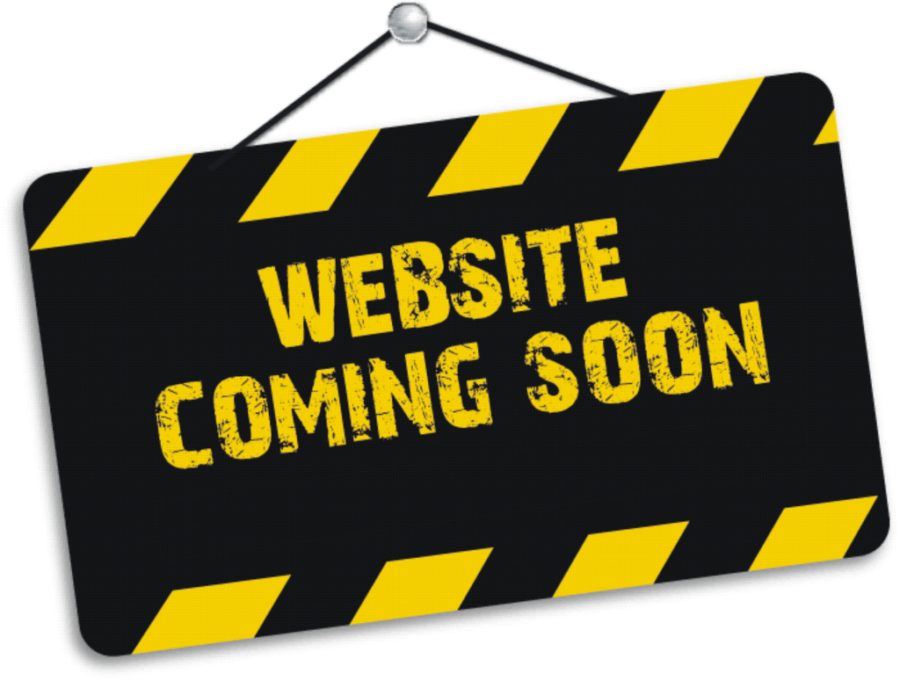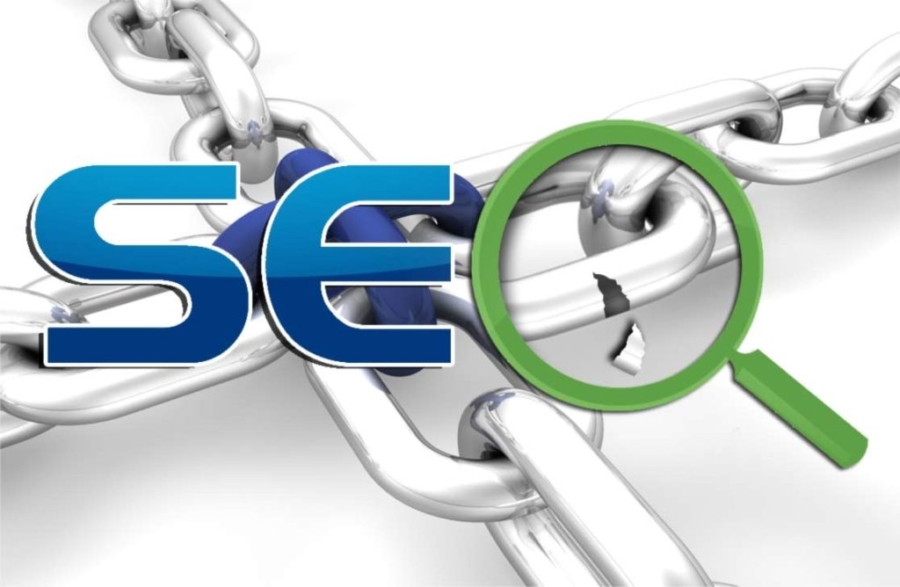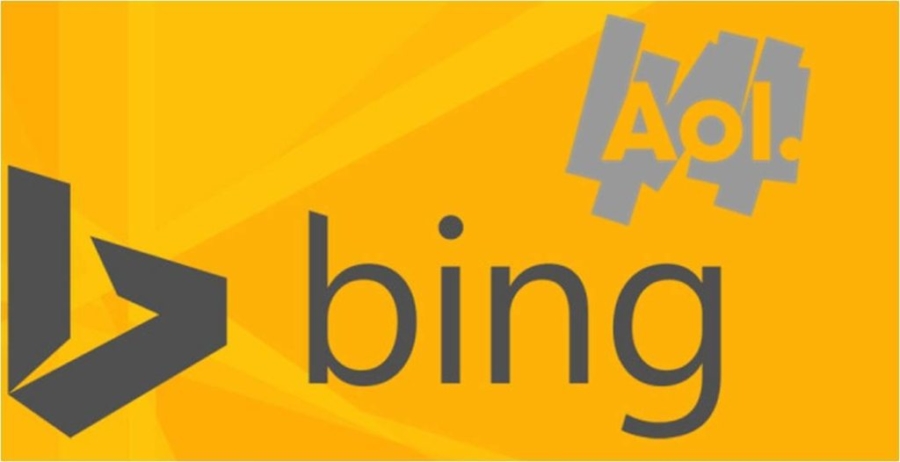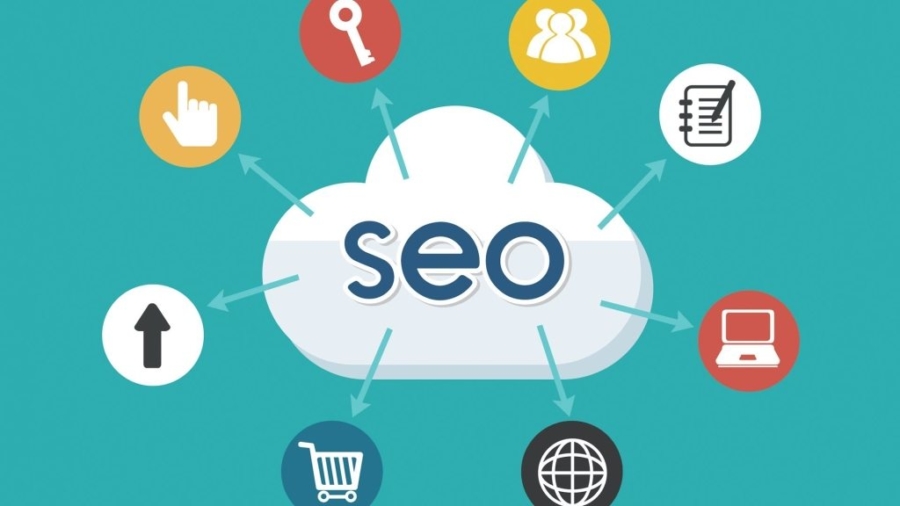You’re about to launch your new website. You have a fantastic idea/product and a great team. You understand the basics of SEO. But you think you cannot do SEO without a live site. It is impossible, right?
- Home
- SEO
Link building looked different a long time ago (in a galaxy far, far away). Columnist Winston Burton explains how things have changed and what works today. Google’s algorithm to impact website visibility takes hundreds of factors into
The move is now official: Bing has taken over serving search results and ads for AOL from Google. Initially announced in June 2015, the 10-year deal affects all AOL search traffic worldwide and on all devices. Here’s a look
Search Engine Optimization is a tool to increase your visibility in the digital space. Organic Search Engine Optimization or SEO, is absolutely vital to achieve long term search engine visibility for your website. It is treated with
Google’s Gary Illyes announced that the next Panda update will happen in the upcoming 2-4 weeks at SMX advanced. Illyes referred to it multiple times as not an algorithmic change but a data and info refresh. This is
As we noted earlier this year, today’s the day we begin globally rolling out our mobile-friendly update. We’re boosting the ranking of mobile-friendly pages on mobile search results. Now searchers can more easily find high-quality and relevant
Today is the big day, known as Mobilegeddon, with the Google Mobile Friendly Update starting to roll out today. (more…)
Non-mobile friendly websites to see lower ranking in mobile search results. (more…)
Here’s a list of 7 specific reasons why your business should definitely consider investing in your organic SEO: 1. It still works – First and foremost, the techniques employed to improve SEO still work. Even though data














